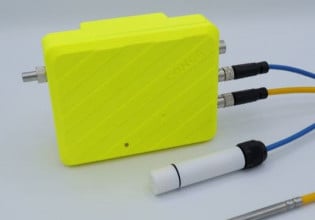I
Dear List:
If You have some Literature (Manuals, or Web sites ) for this special topic to connect RS-232 Serial and Parallel Communications in Linux . I
need not only the hardware communications, specially the programmation in Linux to connect these ones. It can be with Language C++ or if it is possible with Assembler.
Thank You very much for your Attention.
Alberto Maldonado
If You have some Literature (Manuals, or Web sites ) for this special topic to connect RS-232 Serial and Parallel Communications in Linux . I
need not only the hardware communications, specially the programmation in Linux to connect these ones. It can be with Language C++ or if it is possible with Assembler.
Thank You very much for your Attention.
Alberto Maldonado






